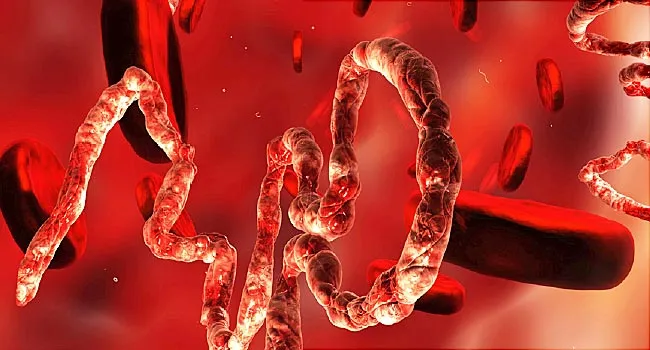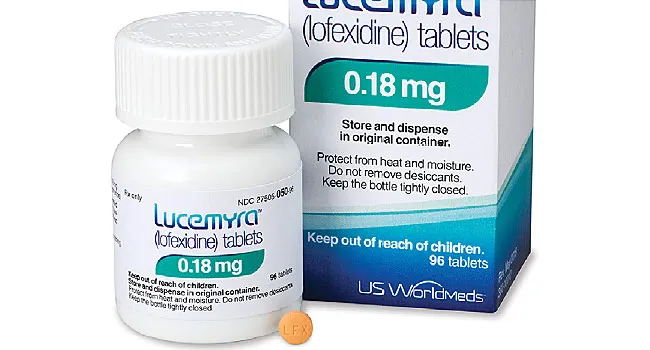Here are some headlines on fertility and diet that caught our attention:
The ultimate fertility diet: We reveal what to eat and what to avoid
Here’s what to eat if you’re trying to get pregnant
Trying to get pregnant? Foods to eat and avoid to boost fertility
Wow! Who knew that your choices at tonight’s dinner buffet could transform you into a parent? Not so fast — let’s look at the new study that’s causing all the fuss.
A new study of fertility and diet
Researchers from the Harvard T.H. Chan School of Public Health and Harvard Medical School have just published a review of past studies that examined the impact of diet on fertility. Here’s what they found.
For women trying to become pregnant naturally (without “assistive reproductive technologies” such as in vitro fertilization), the following vitamins and nutrients were linked to positive effects on fertility:
- folic acid
- vitamin B12
- omega-3 fatty acids
- healthy diets (such as the Mediterranean diet)
On the other hand, antioxidants, vitamin D, dairy products, soy, caffeine, and alcohol appeared to have little or no effect on fertility in this review. Trans fat and “unhealthy diets” (those “rich in red and processed meats, potatoes, sweets, and sweetened beverages”) were found to have negative effects.
Studies of men have found that semen quality improves with healthy diets (as described above), while the opposite has been linked with diets high in saturated or trans fat. Alcohol and caffeine appeared to have little effect, good or bad. Importantly, semen quality is not a perfect predictor of fertility, and most studies did not actually examine the impact of paternal diet on the rate of successful pregnancies.
For couples receiving assisted reproductive technologies, women may be more likely to conceive with folic acid supplements or a diet high in isoflavones (plant-based estrogens with antioxidant activity), while male fertility may be aided by antioxidants.
So what does this mean if you’re trying to get pregnant?
Considering the average couple trying to become pregnant naturally, this review seems less of a bombshell than the headlines might suggest. Yes, eating a healthy diet is a good idea for men and women. Extra folic acid, B12, and omega-3 fatty acids might be helpful for women, but healthy diets are already recommended to everyone, and a prenatal vitamin (which includes folic acid and vitamin B12) is already recommended for women trying to get pregnant. Folic acid supplementation has long been known to reduce the risk of developmental neurologic problems in the developing fetus.
Unanswered questions about diet and fertility
Even if we accept these findings as important enough to direct our dietary choices, we still need to answer some basic questions:
- How much folic acid or B12 is best? Is there an advantage to taking a supplement rather than relying on dietary sources?
- Which sources of and how many servings of dietary omega-3 fatty acids are best? How should a woman balance the risk of fish contamination with toxins such as mercury?
- Are there some people who need to pay more attention to these dietary recommendations than others?
- What about other components of the diet? Fear not, researchers are hard at work looking at this question. For example, consider the results of three other recently published studies:
- Consumption of sugar-sweetened beverages (especially sodas or energy drinks) was linked to lower fertility for men and women, while drinking diet soda and fruit juice had no effect.
- Women who consumed high amounts of fast food and little fruit took longer to become pregnant than those with healthier diets.
- Couples eating more seafood were pregnant sooner than those rarely eating seafood. Most pregnant women consume far less than the recommended 2 to 3 servings of lower-mercury fish (such as salmon, scallops, and shrimp) per week.
You can probably come up with more questions. Hopefully, researchers are already busy trying to answer them.
In the meantime…
Until we know more, the take-home message of this new research is not so different than before it was published. If you’re a man or a woman trying to become a parent, eat a healthy diet.
Many doctors recommend that women of childbearing age who are not using contraception take a prenatal vitamin daily. At the very least, women who are planning a pregnancy should take a prenatal vitamin at least a month before trying to conceive. A higher than usual dose of folic acid may be recommended for certain women, depending on the medications they take and other medical conditions they have. Doctors also recommend the following to maximize the chances of a healthy pregnancy:
- Try to maintain a healthy weight prior to conception. Obese women have a higher risk of complications.
- Avoid excessive vitamins before conception. Too much vitamin A, for example, can be bad for a developing fetus.
- Consider seeing your doctor for a “preconception” visit to review what you can do to optimize your chances of a successful pregnancy. For example, certain medications are harmful to the developing fetus and should be stopped well before planning a pregnancy.
And just in case it’s not obvious, don’t rely on research regarding diet and fertility to prevent pregnancy. An unhealthy diet and avoiding supplemental vitamins or omega-3 fatty acids is not a form of birth control.
Follow me on Twitter @RobShmerling
The post Fertility and diet: Is there a connection? appeared first on Harvard Health Blog.
From: Robert H. Shmerling, MD https://www.health.harvard.edu/blog/fertility-and-diet-is-there-a-connection-2018053113949






